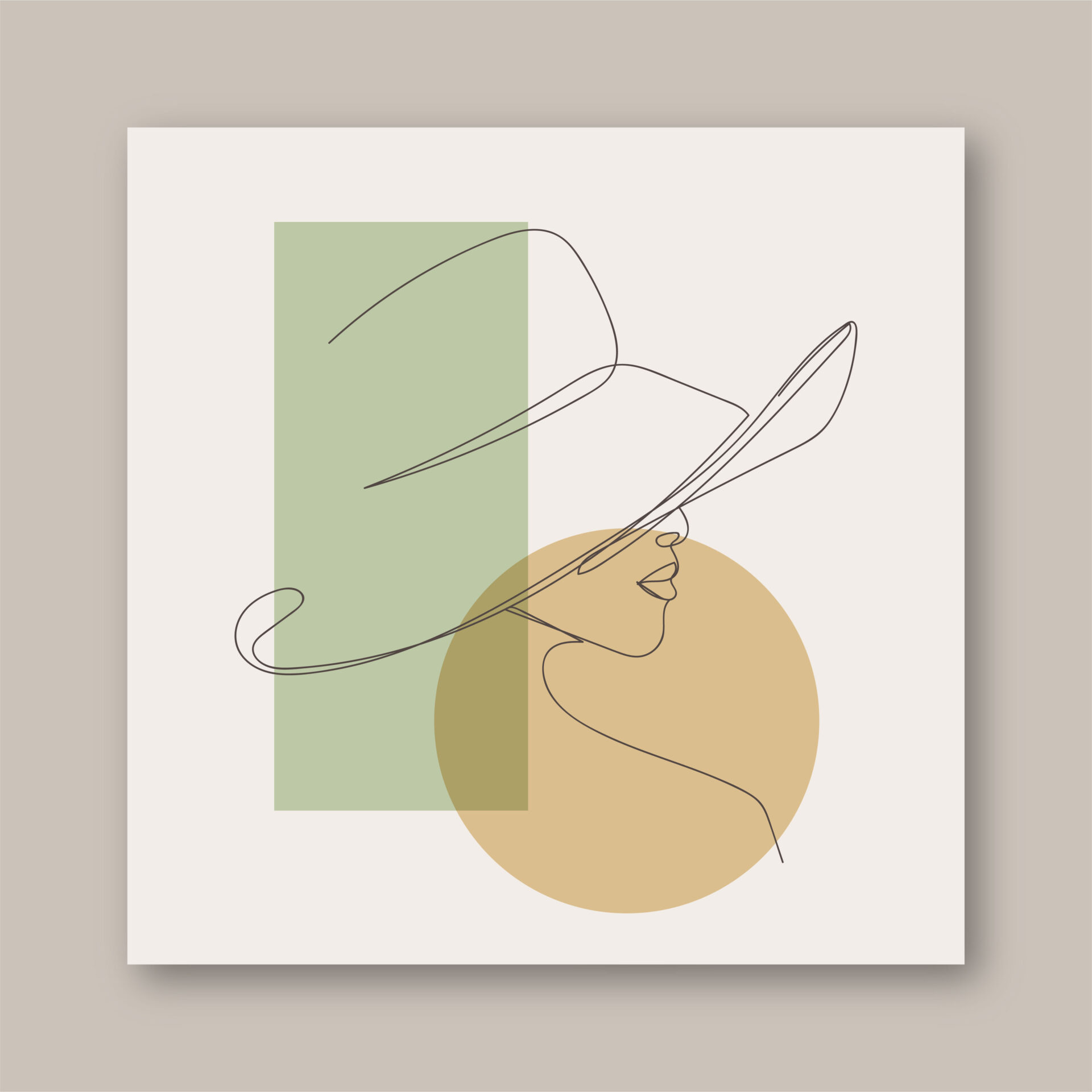Table of Contents
In a world that increasingly sounds louder, moves faster, and feels more intense than ever, a quiet revolution is underway. Minimalism, which was once merely a grassroots lifestyle movement, has become a sweeping cultural transformation, particularly in 2025. As we struggle with digital excess, consumer exhaustion, and “always more” burnout, increasingly more individuals are embracing a more minimalist, more deliberate way of living.
But today’s minimalism isn’t all about white walls and capsule wardrobes. It’s a state of mind, a deliberate decision to prioritize what really counts. It’s about making room—for clarity, calm, and purpose.
The New Overload: Why We’re Looking for Less
We are living in the era of too much. Too many options. Too many alerts. Too much stress to do, have, and be it all at once.
In 2025, we are living with:
- Digital noise from continuous content and apps
- Consumerism driven by algorithms and personalized ads
- Emotional fatigue from incessant comparison on social media
- Burnout from perpetually being “on” for work or social obligations
This ceaseless cycle has left us drained and disconnected—from ourselves, our environments, and our objectives.
That’s why minimalism is more important than ever.
Minimalism Redefined: It’s Not About Deprivation
Forget the stereotypes of owning nothing or living like a monk. Modern minimalism is not about restriction—it’s about intention.
At its core, minimalism means:
- Choosing quality over quantity
- Prioritizing time, energy, and peace
- Creating space for what aligns with your values
It could mean decluttering your closet. Or it could mean deleting toxic apps, saying no to extra obligations, or simply choosing rest over hustle.
The Mental and Emotional Benefits
Minimalism doesn’t just keep your house simple—it frees your mind.
Top advantages individuals are enjoying in 2025:
- Less stress and anxiety
- Less distraction = clearer mind
Greater focus
Your brain can actually catch its breath with less visual and digital clutter
Deeper relationships
Spending time with fewer individuals, more deliberately, deepens connection
Improved sleep and relaxation
Simplifying your routines makes it easier to wind down
Greater energy and productivity
You quit wasting your time on non-essentials
Daily Life Minimalism: What It Actually Looks Like in 2025
Minimalism has grown far beyond interior design. Here’s how individuals are living it in the real world:
Digital Minimalism
- Switching off notifications
- Unsubscribing from email junk
- Taking screen breaks and digital fasts
- Intentional social media usage
Physical Minimalism
Decluttering unwanted items
Selecting multi-functional furniture
Choosing neutral, soothing spaces
Schedule Minimalism
Saying no to overcommitting and busy-ness
Blocking time for rest, hobby, and actual connection
Financial Minimalism
Spend on experiences, not material things
Steering clear of impulse purchases
Mindful consumption
Minimalism = Sustainability
Minimalism in 2025 is no longer just a personal choice—it’s a planet-savvy one. As awareness of the planet grows, individuals are opting for:
- Fewer, higher-quality products
- Reusables instead of disposables
- Slow fashion and conscious buying
By buying less, we save waste and harm to the planet. So minimalism becomes not only a way of living—but a way to save the planet, too.
Final Thoughts: Less Really Is More
Minimalism in 2025 is not just a trend. It’s a revolution against excess and a move back to simplicity. It’s about creating space for what matters—and releasing what doesn’t.
By opting for less, you don’t lose liberty. You get space, intention, and calm.
Whatever you begin with by decluttering a drawer or deleting a distracting app, keep in mind: even the little step to less can bring you so much more.

